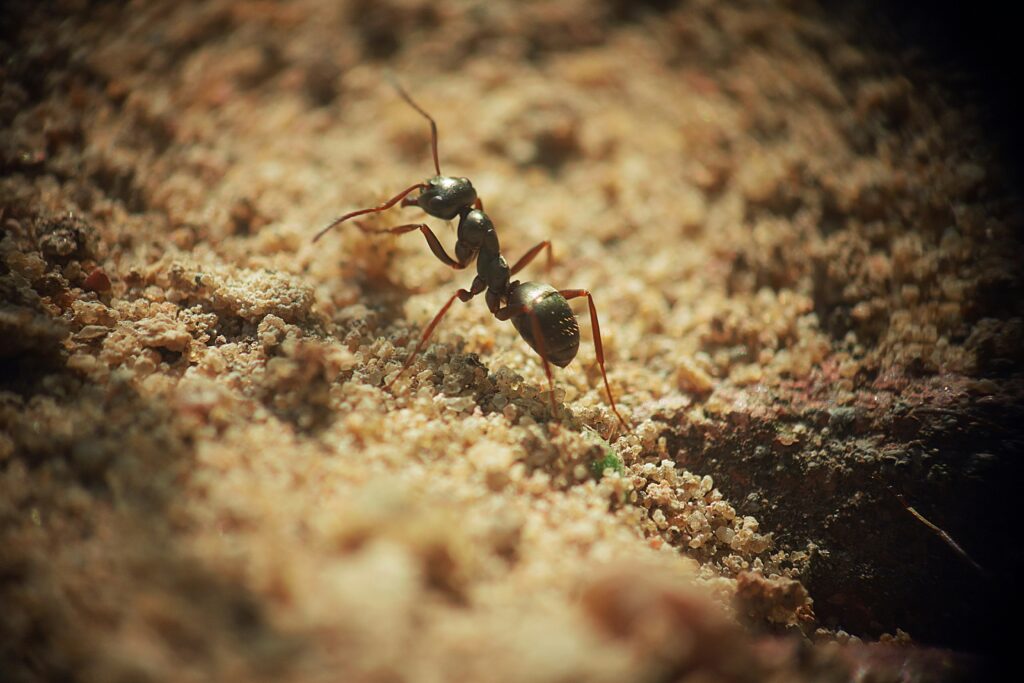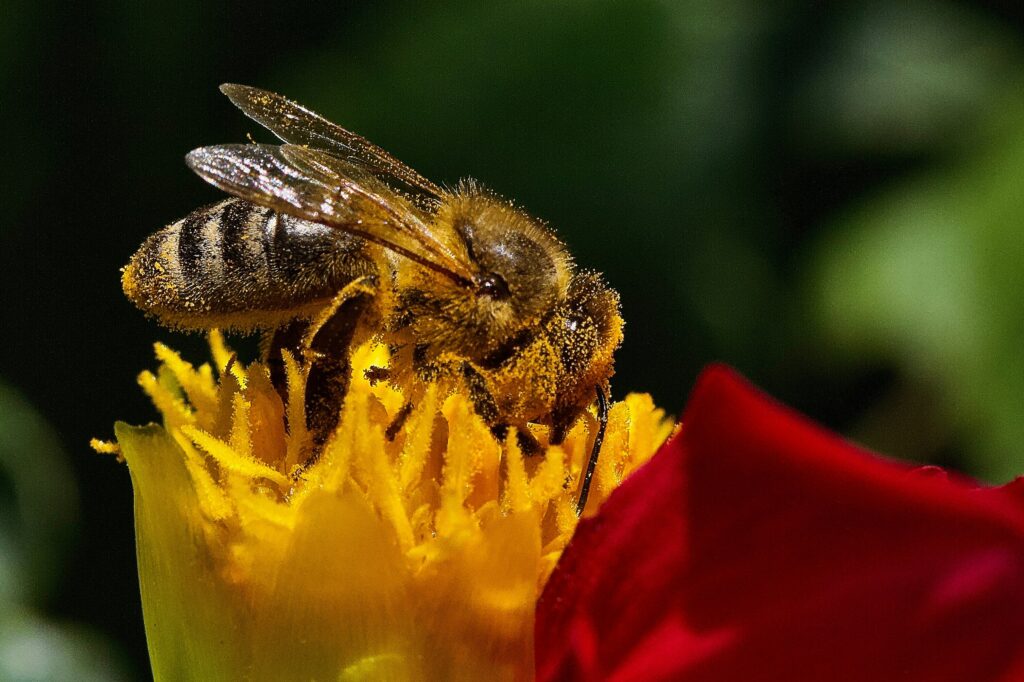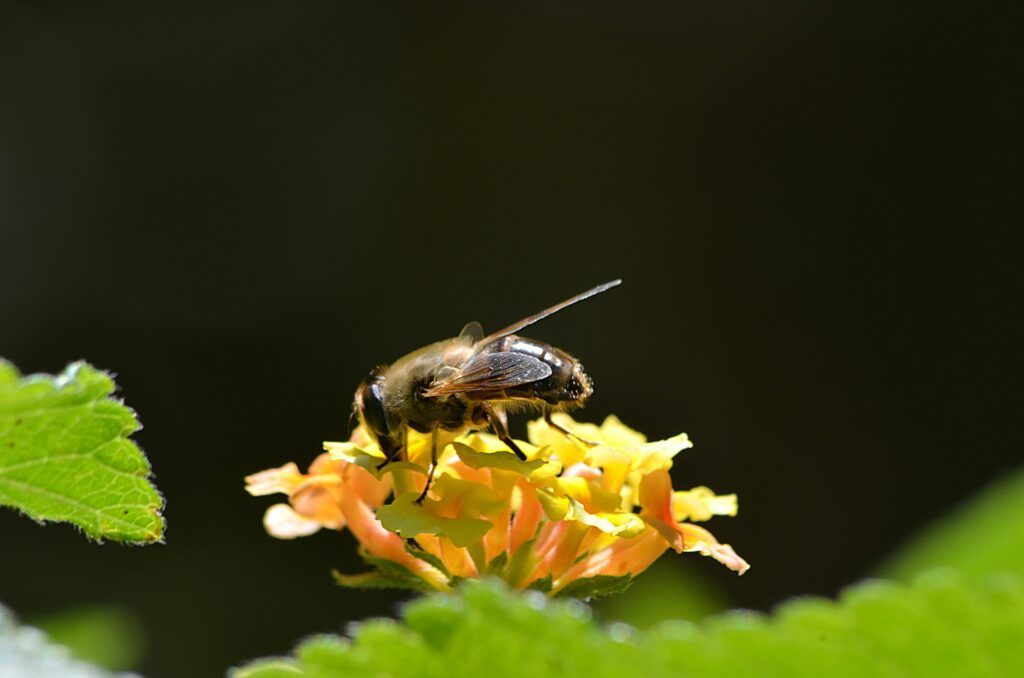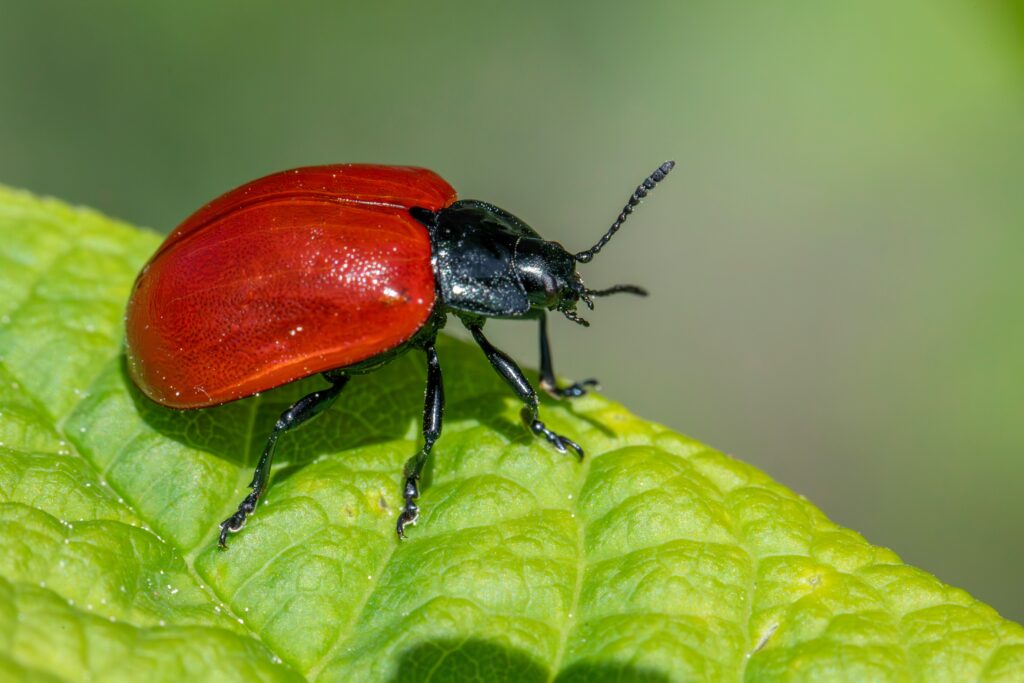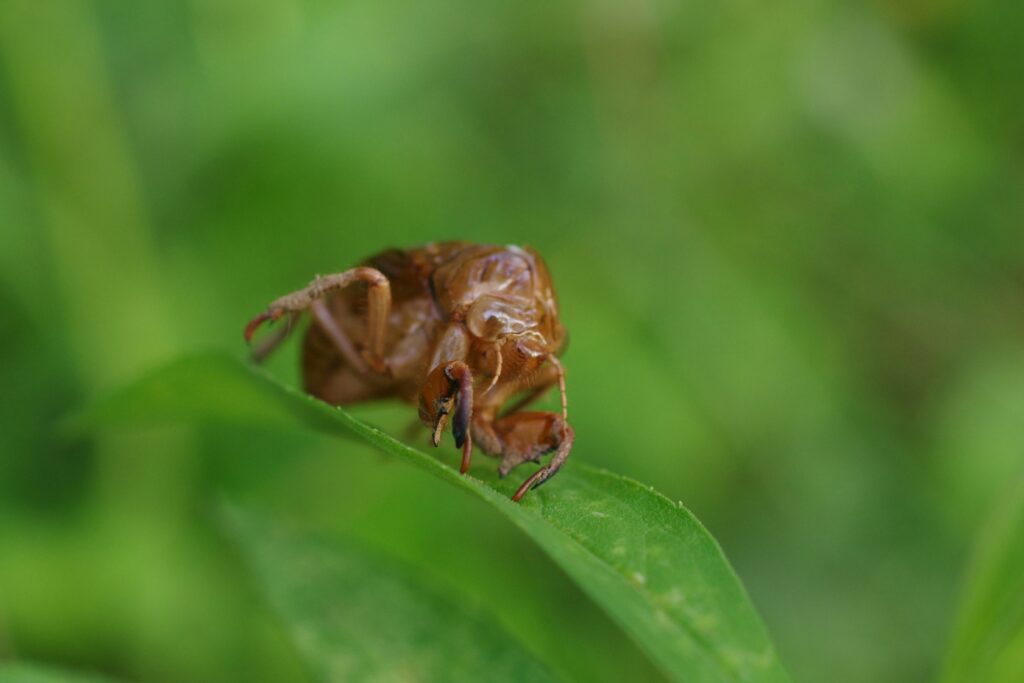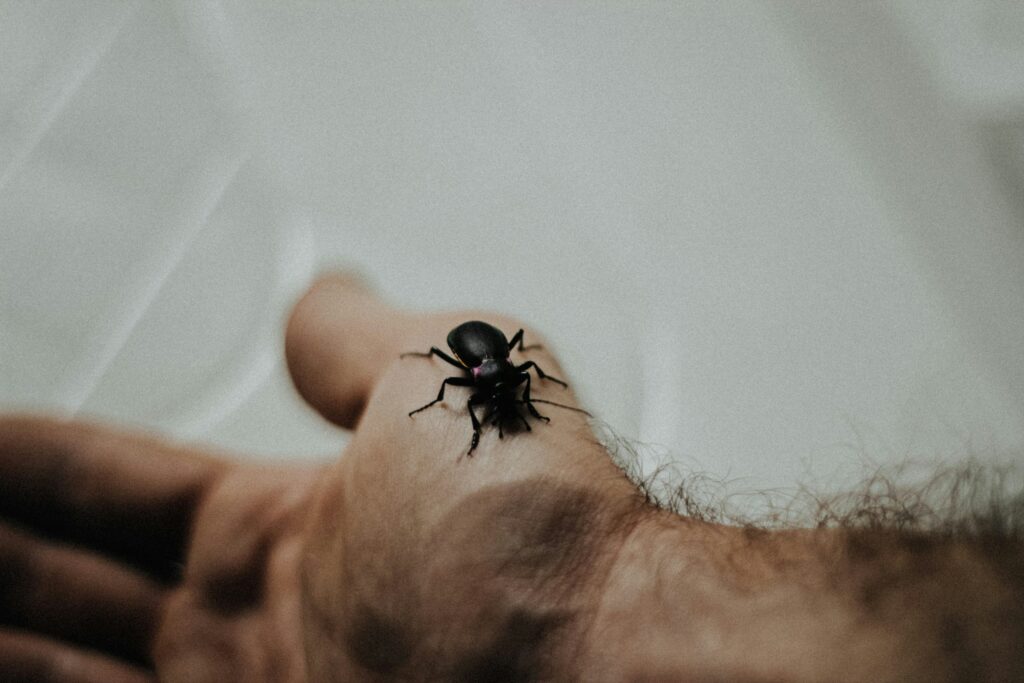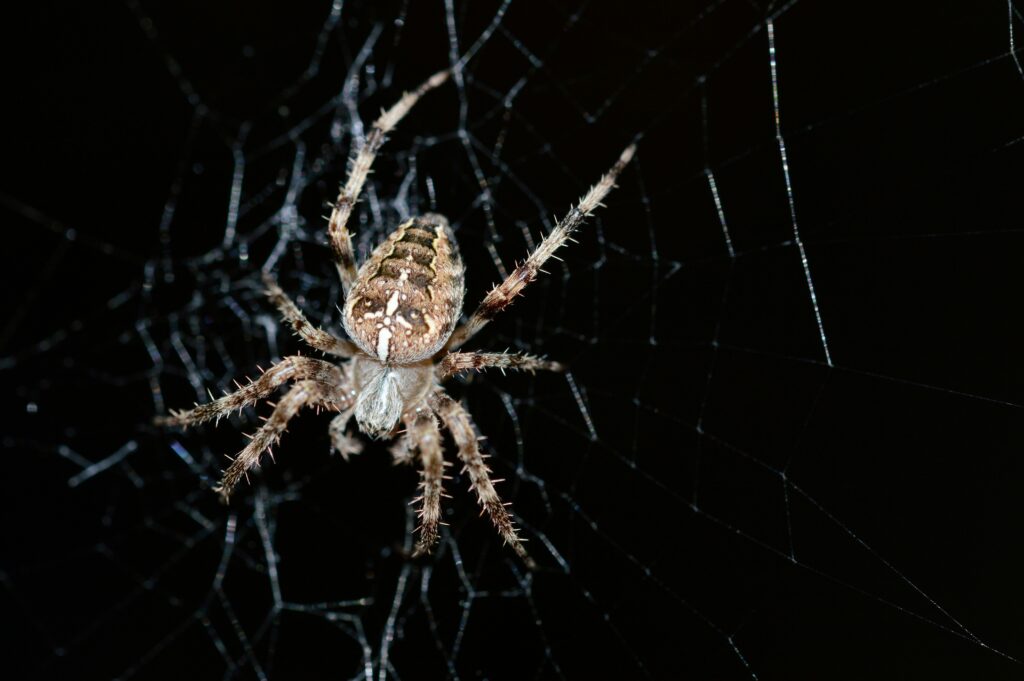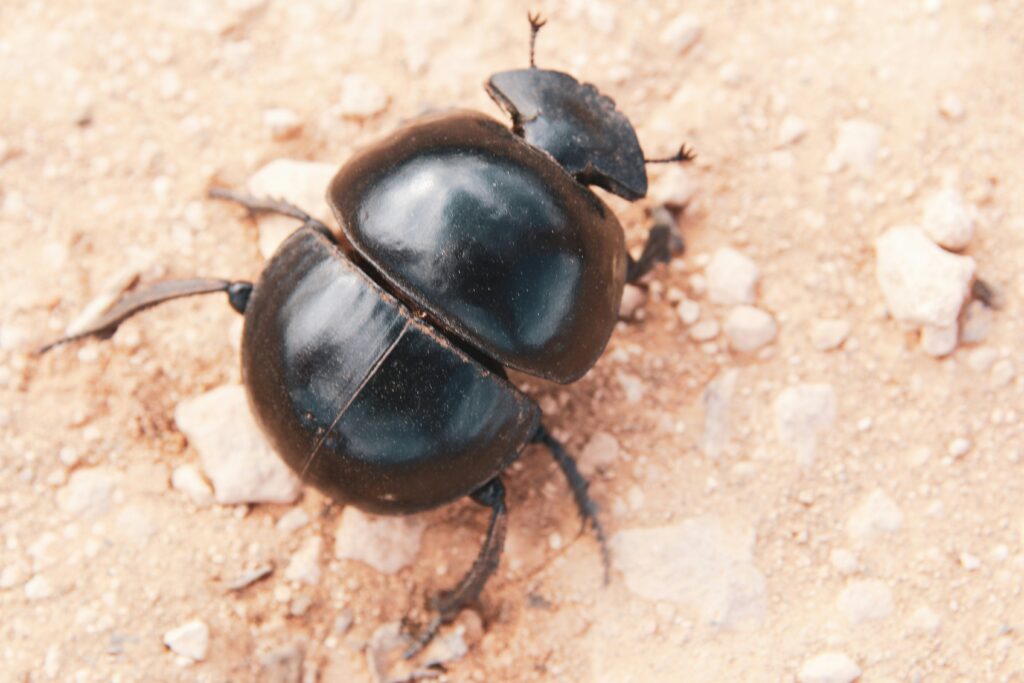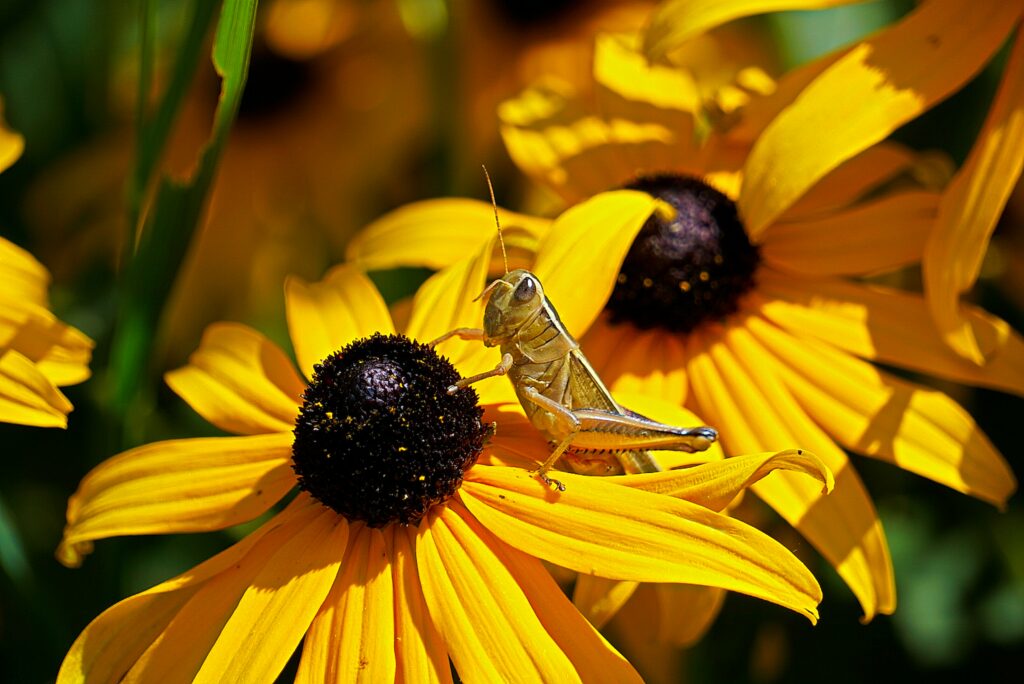How Ants Aerate Soil and Improve Plant Growth
In the intricate world beneath our feet, ants perform remarkable ecological services that often go unnoticed. These tiny creatures, numbering in the billions across the planet, serve as nature’s tillers, constantly reshaping, aerating, and enriching the soil that sustains plant life. While gardeners and farmers may sometimes view ants as pests, these industrious insects actually ...

